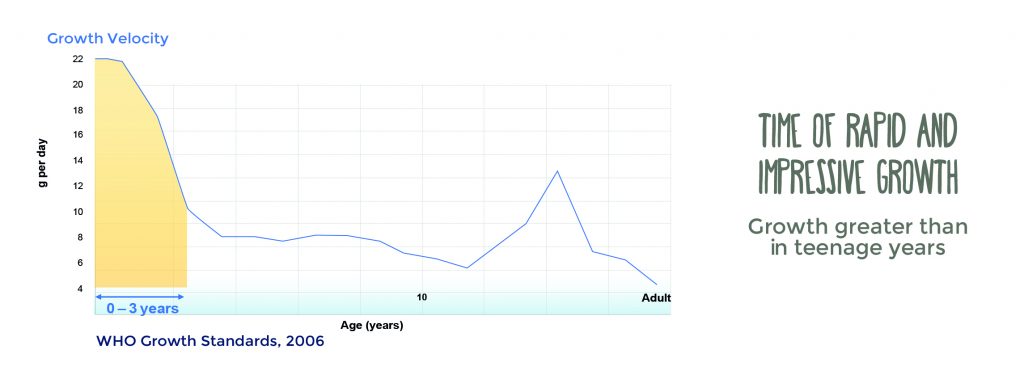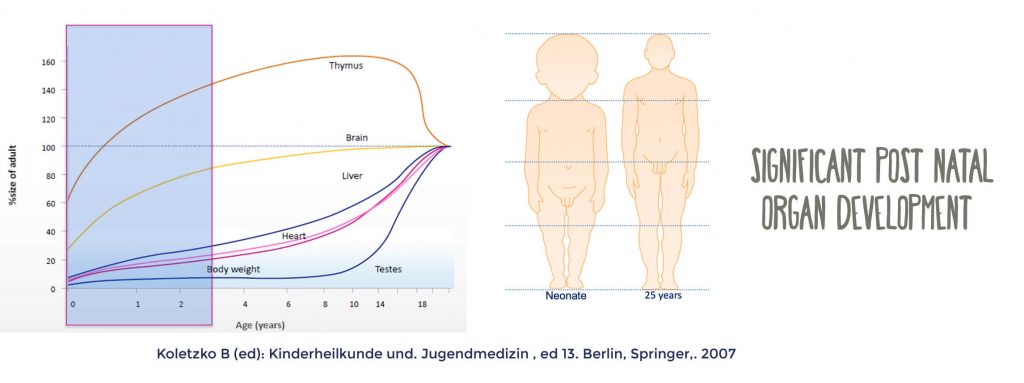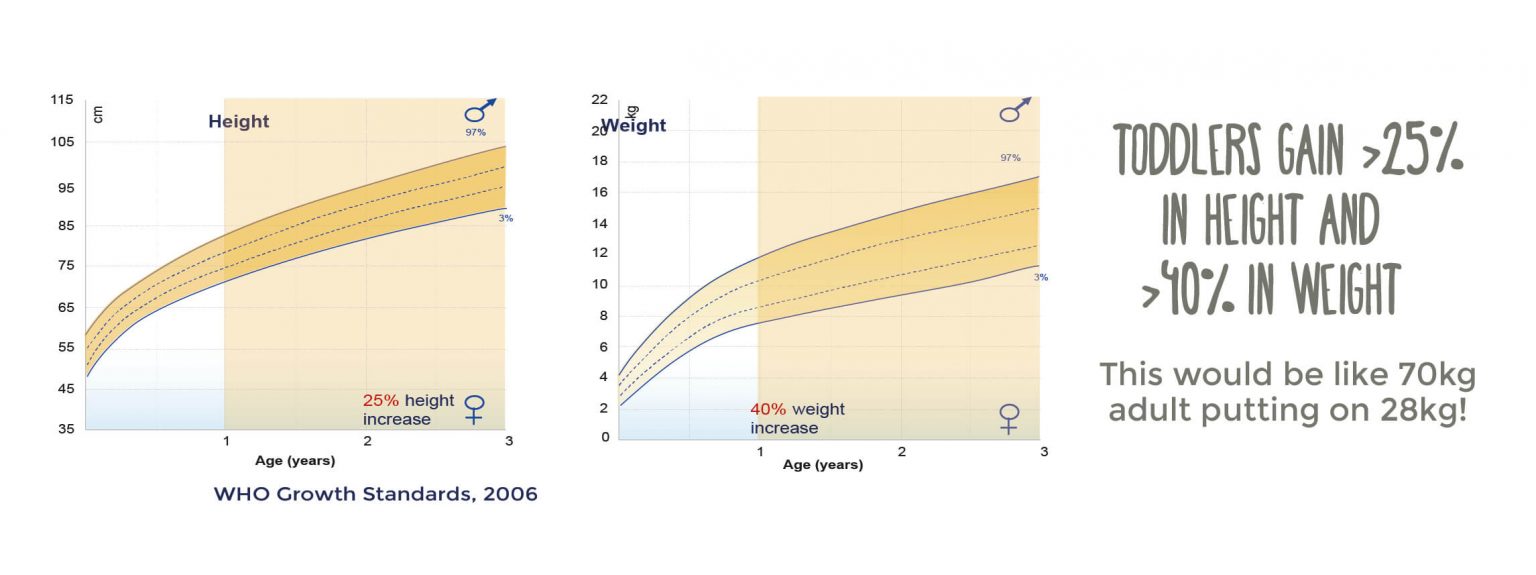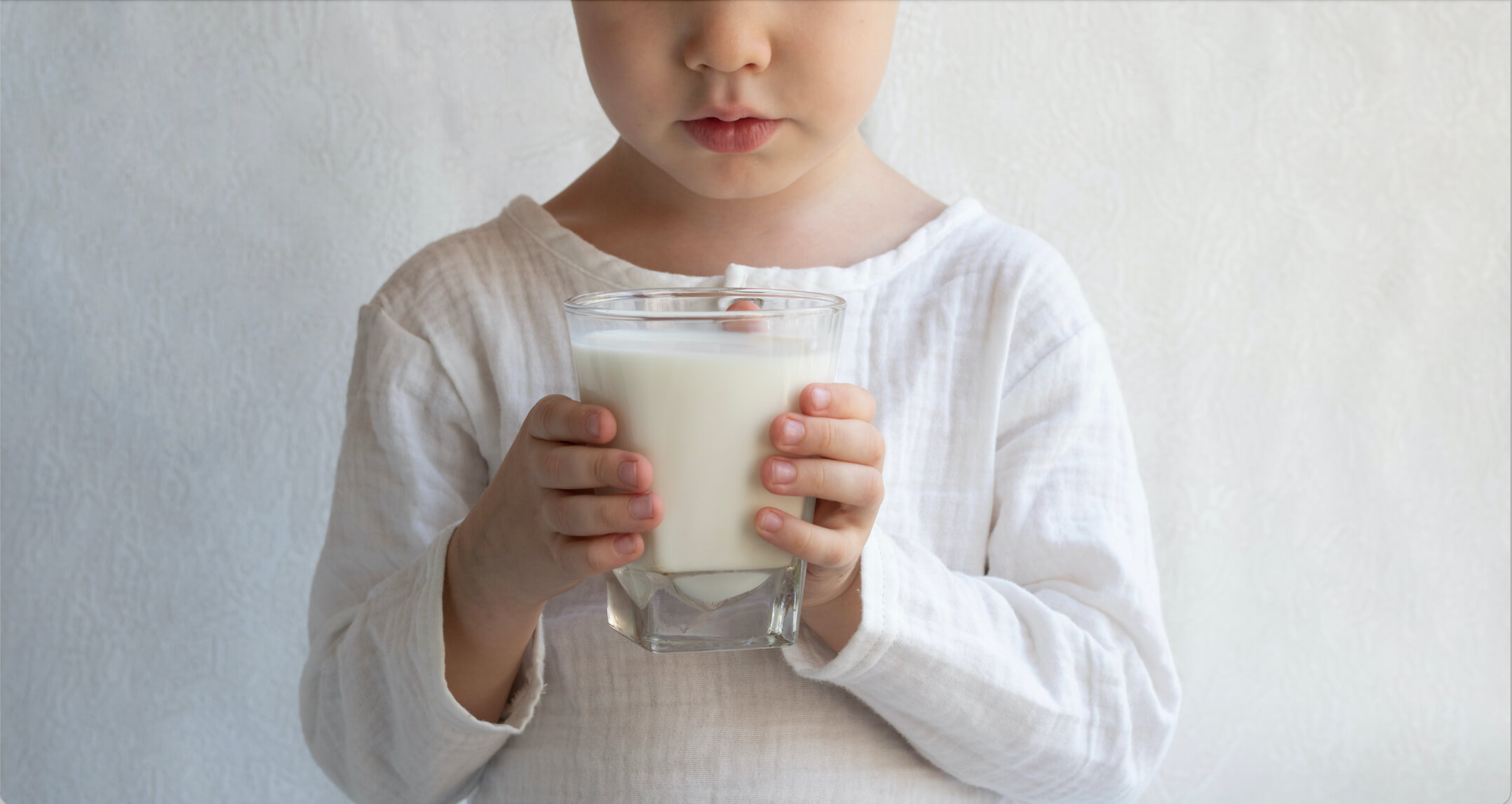Dr. Ayman Obaid, Pediatric -Private clinic
The love for our children manifests in different ways. Be it the time we spend with them, the support we give them, or through the toys and clothes we buy for them. The one aspect where this love should show the most is their food. Often enough, parents tend to not pay enough attention to what their children should be eating. Even when they do, the right balance of protein, fats and carbohydrates aren’t given enough attention.
In addition, the food and milk they consume should be rich in several other nutrients and beneficial elements such as minerals, vitamins, and beneficial bacteria. Many of these are overlooked when choosing what the child eats on a daily basis.
Due to several contradictory sources of information, parents tend to be confused about what’s right for their kids. This article will help you understand which milk is best suited to support the overall development of toddlers between 1 to 3 years of age.
While many feel that the “after 1 year milk formula” is nothing more than a marketing gimmick, it is proven that getting the right balance of protein by diluting low fat milk and preparing a specific amount of vegetables to offer the required zinc, iron and Vitamin D levels is difficult.
Nutrition deficiencies are common when the child transitions from infant to family nutrition. Especially in homes where dietary regimes are not given a priority. A ready-made formula can help compensate for that. (1).
Now, if you’re wondering why children of this age need extra nutrition, the answer is in the chart below.

As you will see, there is rapid and significant development in the weight of the toddlers during the first few years. Ranging from 10 to 22 grams of increase per day. Along with weight gain, there is constant development in size, internal organs and the brains based on the size of the toddlers.
The most vital cognitive and motor functions also develop during this age and remain so for the life ahead.

Toddlers grow by 25% in height and gain 40% in weight during this short period of their life.

The importance of nutritional content in food in general, and milk in particular is imperative when it comes to boosting the growth acceleration at this age.
Let’s take a closer look at the most important aspects of formula milk for toddlers after the first year.
Formula milk contains a higher percentage of vitamin D and iron. An extensive study conducted in Australia found that children who take this formula are significantly less exposed to anemia and vitamin D deficiency comparing to those who consume cow’s milk (2).
When it comes to overall development, Vitamin C and Zinc are both very important. That is why toddlers’ formula is rich in both. (3).
A study published in the Cambridge magazine showed that children who consume formula milk have much higher alpha-lipoic acid than those consuming cow’s milk (4).
Many approved studies comparing milk types have also shown that the levels of protein in cow’s milk is higher than the permissible proportions for toddlers. Leading to excessive impact on the kidneys.
Toddler’s formula milk is the perfect way to aid overall cognitive and physical development of children after the first year.
Disclaimer: Bebelac is not the author of this article. The content was written and owned by D. Ayman Obeid.
Show Resources- J. Walton and A. Flynn, “Nutritional adequacy of diets containing growing up milks or unfortified cow’s milk in Irish children (aged 12–24 months),” Food & nutrition research, vol. 57, p. 21836, 2013.
- B. Sandström, Å. Cederblad and B. O. Lönnerdal, “Zinc absorption from human milk, cow’s milk, and infant formulas,” American Journal of Diseases of Children, vol. 137, p. 726–729, 1983.
- A. L. Lovell, P. S. W. Davies, R. J. Hill, T. Milne, M. Matsuyama, Y. Jiang, R. X. Chen, T. A. Wouldes, A.-L. M. Heath, C. C. Grant and others, “Compared with cow milk, a growing-up milk increases vitamin D and iron status in healthy children at 2 years of age: the Growing-Up Milk–Lite (GUMLi) randomized controlled trial,” The Journal of nutrition, vol. 148, p. 1570–1579, 2018.
- J. Ghisolfi, M. Fantino, D. Turck, G. P. de Courcy and M. Vidailhet, “Nutrient intakes of children aged 1–2 years as a function of milk consumption, cows’ milk or growing-up milk,” Public health nutrition, vol. 16, p. 524–534, 2013.



